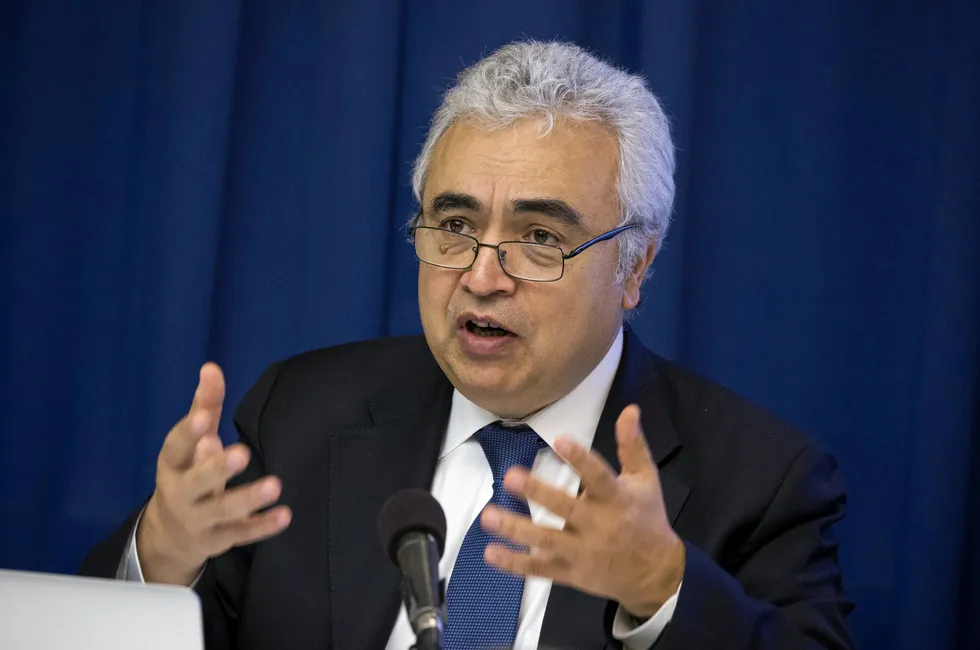IEA: Investors doubled spending on green hydrogen projects in 2022 but capacity additions fell
Investment in electrolysis schemes approached $700m last year, even though the amount of new megawatts dropped by a third compared to 2021

Investment in electrolysis schemes approached $700m last year, even though the amount of new megawatts dropped by a third compared to 2021
